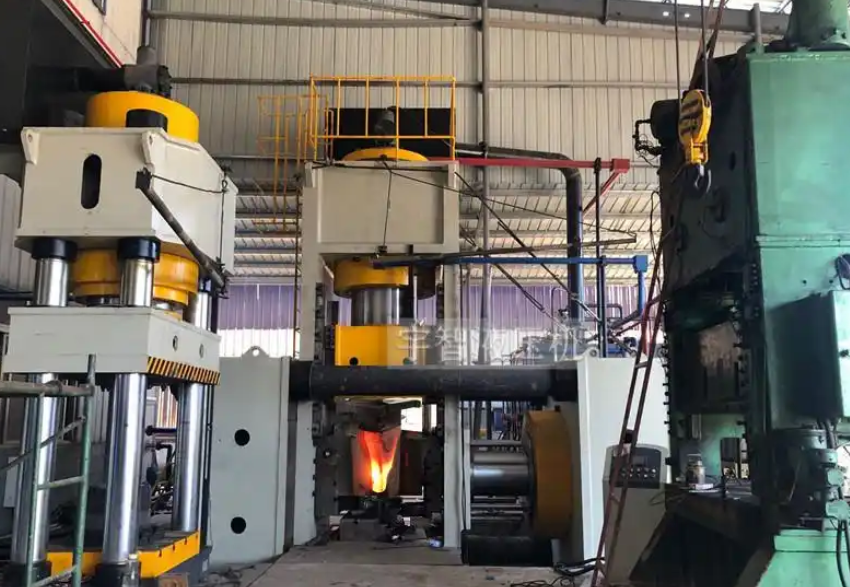Shandong Lingong L901H and L902H Compact Wheel Loaders
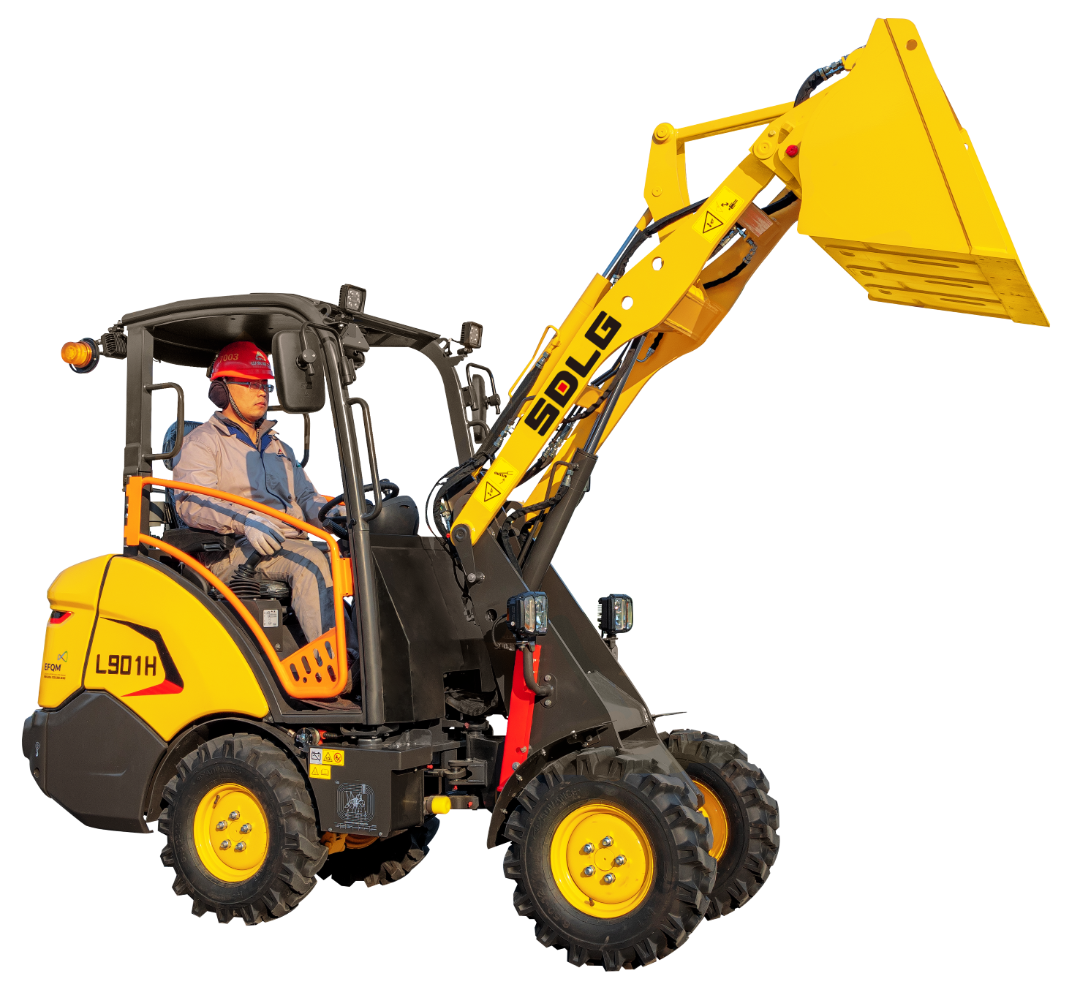
Small but Mighty: Unleashing Power with Precision
With powerful breakout force in a compact body, the L901H and L902H compact wheel loaders from Shandong Lingong (SDLG) redefine efficiency in the small-tonnage segment. These "mini powerhouses" inherit SDLG’s legacy of high quality and reliability, while incorporating innovative design and outstanding performance to offer users efficient, energy-saving, and safe operation solutions. Whether on small construction sites or in complex working conditions, the L901H and L902H handle it all with ease—demonstrating SDLG's deep technical expertise and keen market insight in the construction machinery industry.
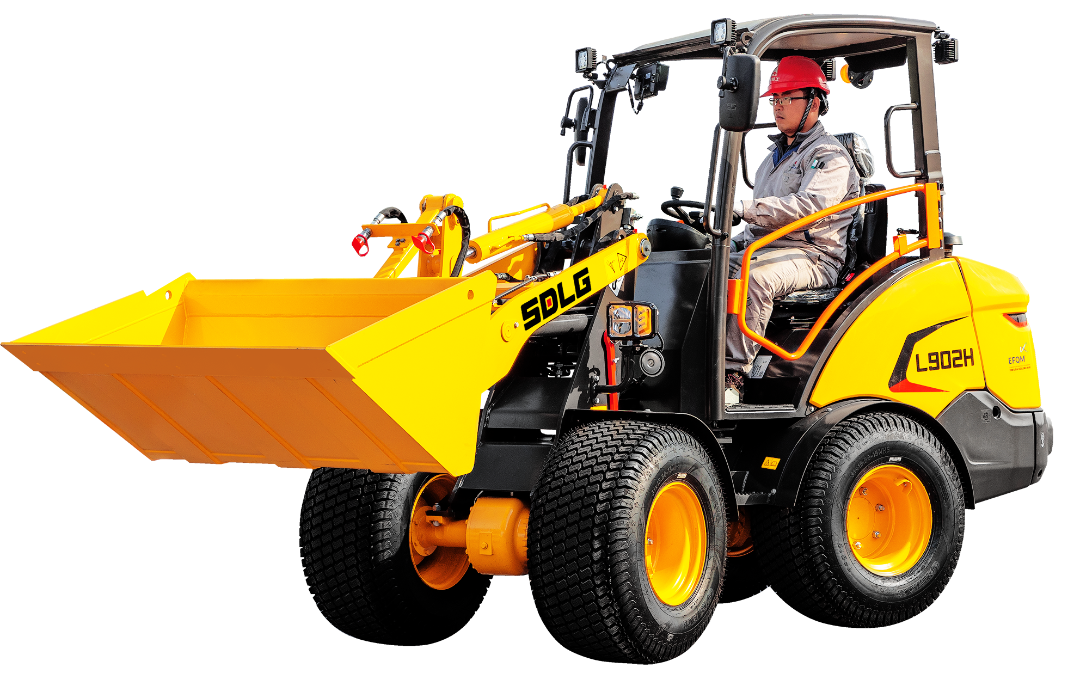
Proprietary Technology for a Perfect Balance of Traction and Agility
The L901H is equipped with SDLG’s proprietary drive system, designed to maintain exceptional traction across a variety of terrains—be it soft ground, rugged landscapes, or confined spaces. Its superb adaptability ensures optimal performance in any scenario. The L902H builds on this foundation with enhanced structural design, delivering improved stability and work efficiency, making it especially well-suited for tasks requiring greater loading capacity.
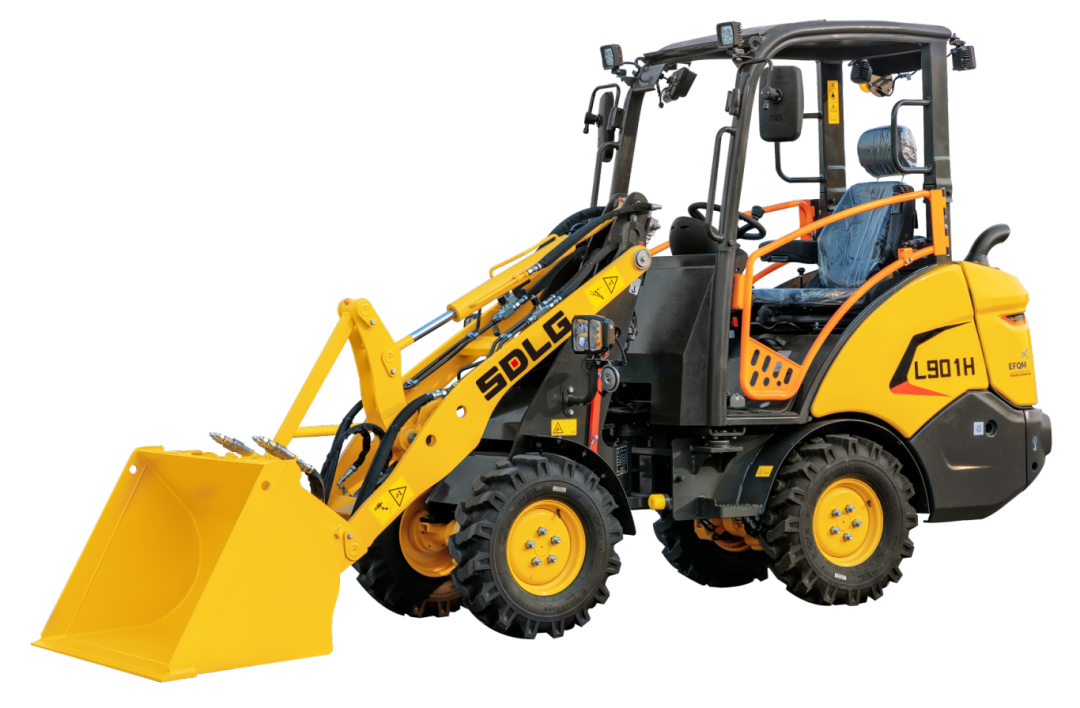
Efficient Powertrain: Fuel-Saving and Eco-Friendly
Both models are powered by the Kubota D1703 high-displacement engine with a rated output of 18.2 kW. Renowned for its efficiency and low fuel consumption, this engine operates stably at low RPMs—minimizing vibration and noise while significantly reducing fuel use. This translates into lower operating costs and extended engine lifespan, ensuring reliable performance even during prolonged, high-intensity operations.
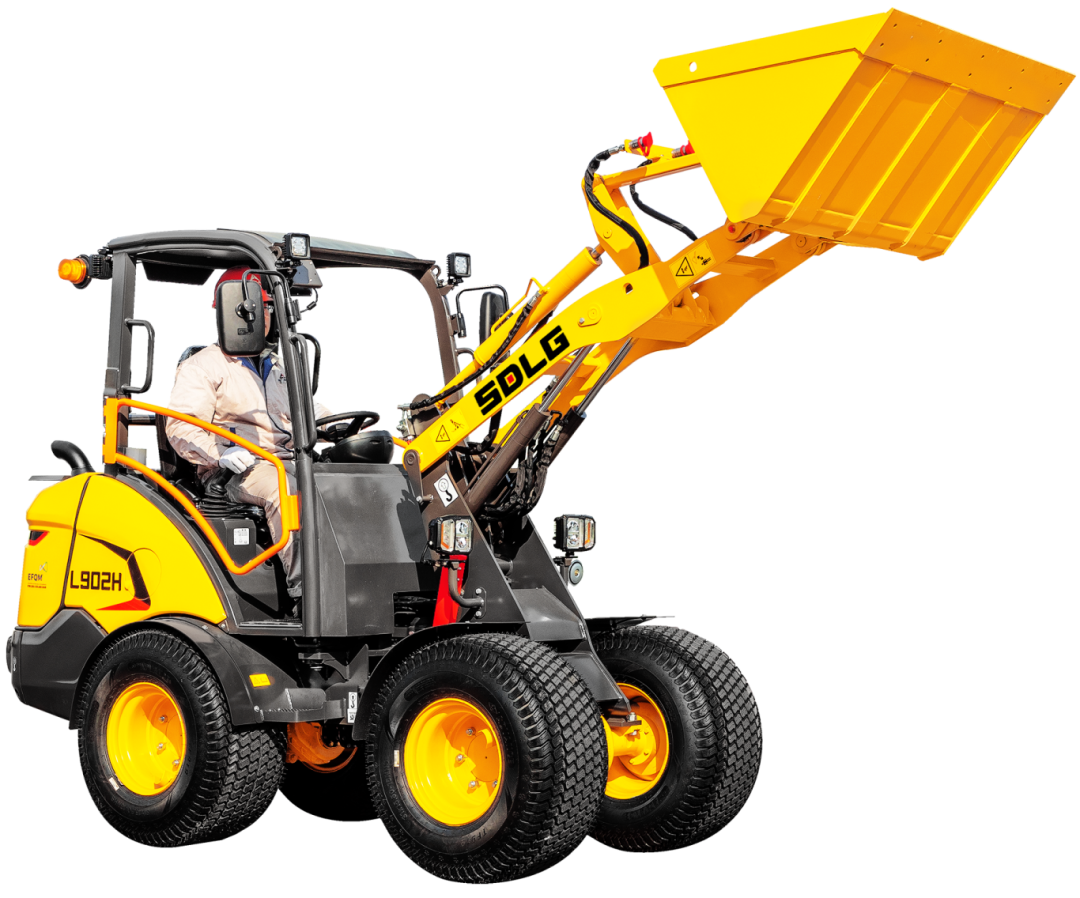
User-Friendly Maintenance and an Upgraded Operating Experience
SDLG is committed to delivering convenience in both operation and maintenance. The engines in both the L901H and L902H feature multiple access ports, located at the rear and beneath the operator seat, allowing for easy routine maintenance and servicing. This design reduces downtime and boosts machine uptime. Additionally, both models are equipped with ergonomically designed throttle levers, enabling operators to adjust engine speed in real-time based on working conditions—achieving precise control and enhanced efficiency.
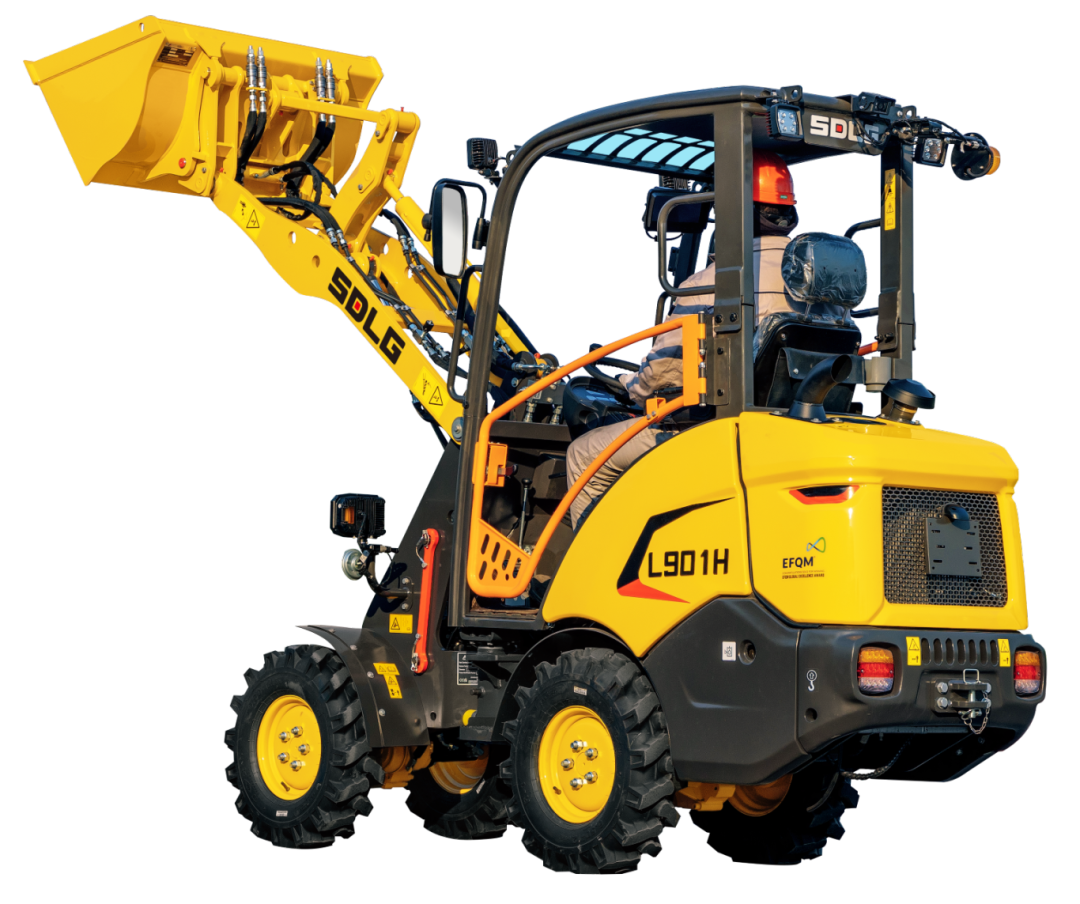
Certified Safety: Durable, Reliable, and Built to Last
Safety is a top priority. The L901H and L902H have both passed stringent ROPS (Roll-Over Protective Structure) and FOPS (Falling Object Protective Structure) certifications. Their reinforced canopy structures ensure operator safety under challenging work conditions. Constructed with high-strength steel and advanced manufacturing processes, these machines offer exceptional durability and impact resistance—capable of withstanding harsh environments and providing users with dependable long-term support.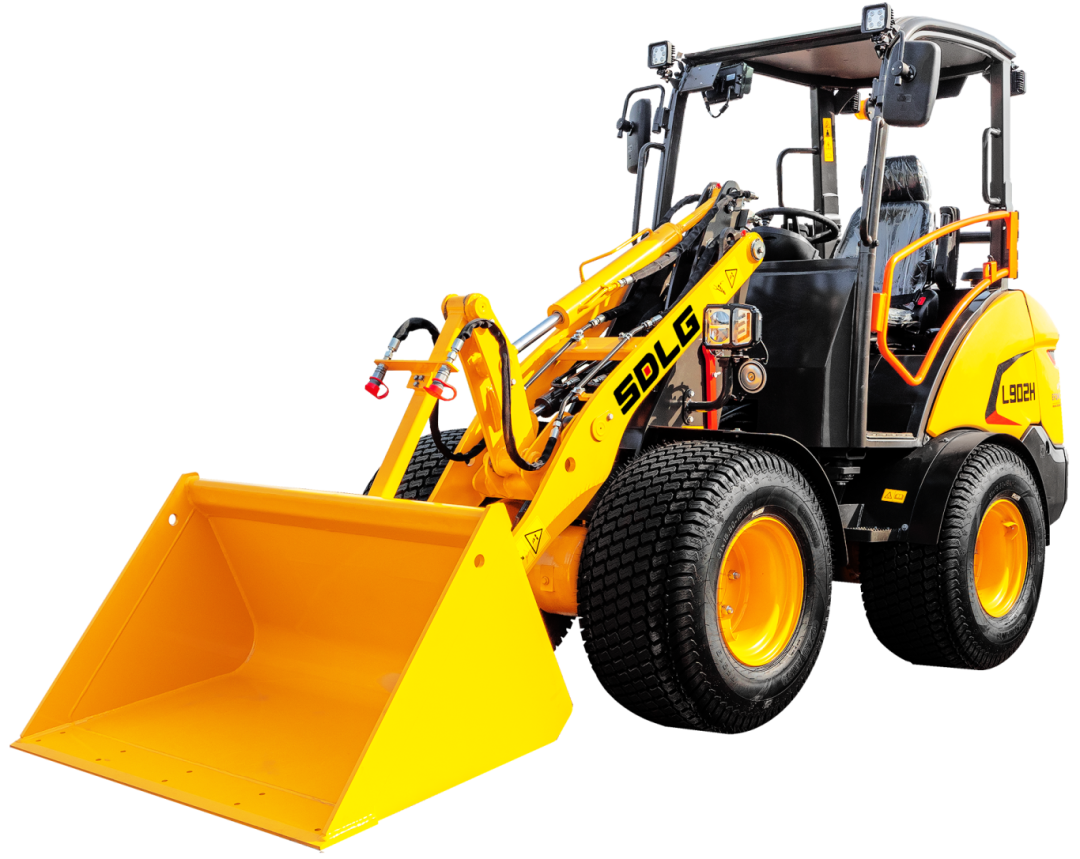
Specifications Comparison: Meeting Diverse Operational Needs
While both the L901H and L902H share the same core technology and powertrain, they differ significantly in bucket capacity, operating weight, and overall dimensions—catering to the varied needs of different users and job sites.
| model | L901H | L902H |
| engine | Kubota D1703 | Kubota D1703 |
| power | 18.2 kW | 18.2 kW |
| Bucket Capacity | 0.25 m³ | 0.35 m³ |
| Operating Weight | 1,990 kg | 2,400 kg |
|
Overall dimensions (mm) |
4,000 × 1,137 × 2,203 | 4,120 × 1,338 × 2,282 |
As a leading player in China’s construction machinery sector, Shandong Lingong continues to place technological innovation and customer-focused design at its core. The launch of the L901H and L902H compact loaders reflects SDLG’s ongoing efforts in intelligent, energy-efficient, and user-friendly equipment development. Looking ahead, SDLG remains committed to advancing construction machinery and delivering higher performance, greater reliability, and superior service to global users—driving the industry toward high-quality growth.
